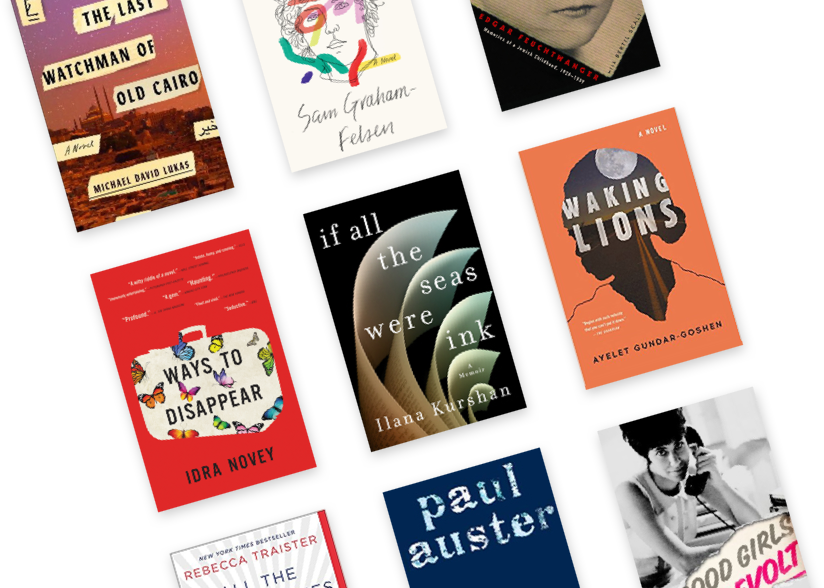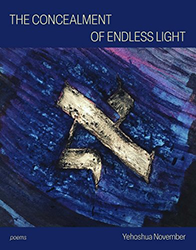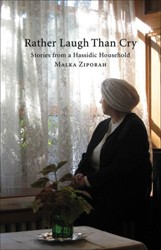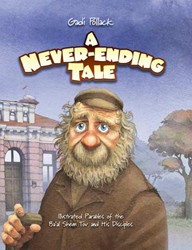November’s third poetry collection is a profound exploration, a testament to the spiritual depth of the poems. The title is inspired by a response from Baal Shem Tov, the founder of Hasidic Judaism, to his student, Rabbi Ze’ev: “The kavanot (Kabbalistic meditations) are keys, each unlocking another door in our souls, each accessing another chamber in the supernal worlds. But there is one key that unlocks all doors, that opens up for us the innermost chambers of the divine palace. That master key is a broken heart.”
The broken heart in these poems reveals itself as sorrow, loss, and grief. It is striking that the sorrow and grief echo and pay homage to one of the central themes in the Book of Lamentations. Part of the power of Lamentations lies in its vivid description of the Babylonian conquest of Jerusalem. When the prophet Jeremiah finds hope, it is inspiring and helps us understand that exploring grief and remembering what we have lost is essential to our spiritual connection with God. November weaves the poems in this collection with that in mind. The first poem, “After Esav,” begins with the haunting lines:
Why are you not married?
the rabbis of my early days
demand of me
in my raging dreams.
November then says, “I have scavenged the world for answers,” which creates a visceral tension between sensuality and holiness. He makes the metaphor real when he refers to “the burning color of my hair”; since the title frames the poem about Esav, we understand the reference to the Torah. Esav, the red-haired twin brother of Jacob in Genesis, who symbolizes the antithesis of Judaism, “that great sinner whose body was lust driven…”, is a metaphor for the speaker and represents the struggles he faces in his spiritual journey. The poem ends with a feeling of lament that elucidates the journey: “and come away hungry as ever.” The hunger is a spiritual one, one of desire and love, one of reckoning with the traumas of pogroms and the Holocaust.
The image of fire first appears in the third poem of the book and serves as a thread that defines the spiritual journey we embark on. In the poem “After Bracha,” fire is hinted at in the baking of strudels and stuffed cabbage. The poem “Old Flames” is explicit in its exploration of fire. First, as a love of fireworks. Then, Jung proclaims: “The difference between a good life and a bad life is how well you walk through the fire.” In a metaphorical and literal flourish, Lester Perkins, who was a guitar player for Johnny Cash, dies from a house fire. In the last stanza, the poem declares: “My love of fire ended before high school.” However, the meaning fire has, what it can destroy, the food it can cook, works its way through poems after that declaration. The poem “To Be Wicks” demonstrates November’s deft use of repetition. “we burn, we burn, we burn, we do not burn out.” It becomes clear that God works through the fires in the collection, inviting us to reflect on our own spiritual journeys.
After poems filled with agony and despair, The Book of Lamentations says: “The steadfast love of the Lord never ceases; His mercies never come to an end; they are new every morning.” It is a poignant message of hope despite the agony. The Broken Heart is the Master Key builds on this text, written over 3,000 years ago. Towards the end of the book, the speaker says: “time, like love, is a construct or illusion.” That construct is one of hope and faith — just like these poems, which are courageous and vulnerable, unlocking painful and uplifting truths.
Shamar Hill, an Ashkenazi and Black writer, is the recipient of numerous awards, including a New York Foundation for the Arts Fellowship, a Cave Canem fellowship, and a fellowship from Fine Arts Work Center. He is working on a memoir and poetry collection.





